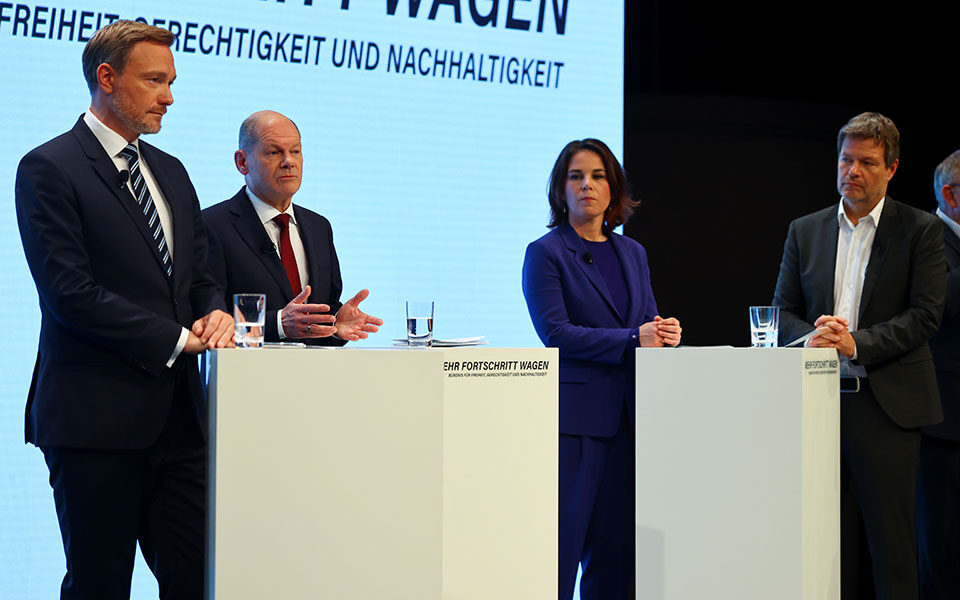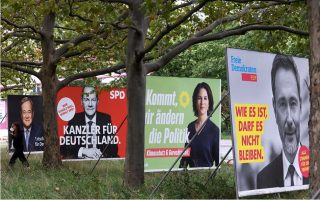Opposing trends in France and Germany

The announced agreement to form a three-party coalition in Germany under Social Democrat Chancellor Olaf Scholz has been reached with the “Prussian” discipline that characterizes the country, and those who expect dramatic policy changes are likely to be disappointed soon.
The leaders of three political parties – the Social Democrats (SDP), the Greens and the Free Democrats (FDP) – with different and sometimes directly conflicting political agendas, drafted a 300-page “protocol” of cooperation and agreed on the content of the bills to be voted over the next three years. Of course there are unpredictable events in this age of fluidity and instability, but the key cooperation has been decided and Germany is better prepared to face future challenges than any other country in the European Union.
German politics moves on steady tracks, even if this is often painful for the countries of the South. Some are hoping that Italian Prime Minister Mario Draghi and European Central Bank President Christine Lagarde will act to achieve some sort of disengagement from the course charted by Berlin for the EU. It remains to be seen.
At present, the member-states of the Union are awaiting political developments in France in view of the presidential elections next April. In that great country, the political clash is not between the socialists and the center-right, as the Left is in free fall. The clash is between right-wing nationalist Eric Zemmour, who has not yet officially announced his candidacy, and President Emmanuel Macron. Born in the Paris region and of Jewish-Algerian descent, Zemmour is not in danger of being labeled anti-Semitic. The main talking points of his campaign are Muslim immigrants, an alleged clash of civilizations and the Great Replacement theory.
According to opinion polls, even if Zemmour gets through to the second round, he will be defeated by Macron by a significant margin – 58% against 42%. But the bottom line is that the image that emerges from the election campaign is a France deeply divided between pro-European internationalists and nationalists. Paris and Berlin seem to incorporate dissimilar inner trends. The attraction of opposites is a rule of physics. We will see how this principle will apply in the context of the EU.





